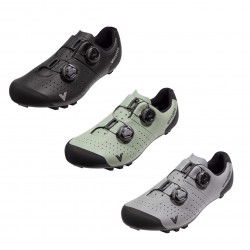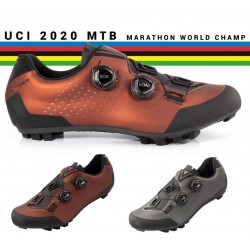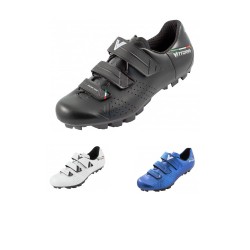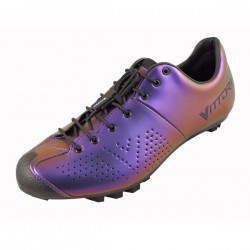Mountainbike kerékpáros cipő

Az MTB (mountainbike) kerékpáros cipők kiválasztása az egyik legfontosabb döntés, amelyet az MTB kerékpárosnak kell meghoznia, hiszen a cipők nagyban befolyásolják a tapadást, az erőátvitelt és a kényelmet a bringázás során. Az alábbiakban összefoglaljuk, mit kell tudni az MTB kerékpáros cipőkről, mi teszi őket jóvá és mire érdemes figyelni a választáskor. Továbbá, bemutatjuk a különböző stopli rendszereket is.
Jellemzők, amiket érdemes tudni:
- Az MTB kerékpáros cipők általában merevebb talppal rendelkeznek, mint a hagyományos kerékpáros cipők. Ennek célja az erőátvitel maximalizálása a pedál és a láb között, így hatékonyabb bringázásra nyújtva lehetőséget.
- Az MTB kerékpáros cipők többnyire szorosan illeszkednek a lábra és tartják azt, hogy ne mozdulhasson el, így biztosítva a pontos erőátvitelt.
- Az MTB kerékpáros cipők általában strapabíróbbak, mint a hagyományos kerékpáros cipők, hogy ellenálljanak az erősebb igénybevételnek, amit az MTB bringázás során jelentenek.
Tulajdonságok, amelyek egy jó MTB kerékpáros cipőt jellemzik:
- Kényelem: Az MTB kerékpáros cipőnek kényelmesnek kell lennie a lábon, hogy a kerékpáros hosszú távon is kényelmesen tudja használni a cipőt.
- Tapadás: Az MTB kerékpáros cipőnek kellő tapadást kell biztosítania a talajon, hogy a kerékpáros biztonságosan tudjon pedálozni.
- Szellőzés: Az MTB kerékpáros cipőknek szellőzőképességüknek kell lennie, hogy a láb ne izzadjon és száraz maradhasson hosszabb túrák során.
- Strapabírás: Az MTB kerékpáros cipőnek strapabírónak kell lennie, hogy hosszú távon is bírja a használatot.
Mire figyeljünk a választáskor:
- Illeszkedés: Az MTB cipőnek szorosan kell illeszkednie a lábra, de nem szabad túl szorosnak lennie. Egy túl laza cipő nem biztosít elegendő erőátvitelt, míg egy túl szoros cipő kényelmetlen lehet.
- Talp merevsége: Minél merevebb a talp, annál jobb az erőátvitel. Azonban, ha a talp túl merev, az hosszabb túrák során kényelmetlen lehet.
- Stopli rendszer kompatibilitás: Különböző stopli rendszerek állnak rendelkezésre, és a cipőnek kompatibilisnek kell lennie
Gyártó: Crono
Cikkszám: CRONOCG1GRAVEL
DETAILSWith a nod to cycling’s past, the CG1’s lace system offers a perfect fit for a modern application.Gravel riding demands long-term durability, which is gained from the shoe’s microfiber upper with PU reinforcement at the toe, and from its Carbo-Composite sole, engineered for ride performance a..
54.990 Ft
Nettó ár:43.299 Ft
Gyártó: Crono
Cikkszám: CRONOCW1MTB
This shoe has been designed to practise sport even in drastic weather conditions. The use of technical warm materials, such as the special heat windtex lining and the outward waterproof lycra covering, keep the foot warm and dry.The new fastening system is easy and quick because of the BOA system.Th..
64.990 Ft
Nettó ár:51.173 Ft
Gyártó: Crono
Cikkszám: CRONOCW120MTB
This shoe has been designed to practise sport even in drastic weather conditions. The use of technical warm materials, such as the special heat windtex lining and the outward waterproof lycra covering, keep the foot warm and dry.The new fastening system is easy and quick because of the waterproof an..
54.900 Ft
Nettó ár:43.228 Ft
Gyártó: Crono
Cikkszám: CRONOCX1
MTB, GRAVELCX1“Steeper, Rockier, Tougher”The perfect shoe for the most demanding offroad enthusiasts.Sturdy and performing, it boasts the top of applied technologies,all with a very low weight.MTB CARBONCOMP SOLEIncreased toe to increase grip • Reinforced support for extra studs • Profile design des..
71.900 Ft
Nettó ár:56.614 Ft
Gyártó: Crono
Cikkszám: CRONOCX2GRAVEL
DETAILSElder sister to the CR2, the CX2 is reinforced by an anti-tear material on its toe cap, protecting your foot from any excoriations, debris and impacts.The upper is realized by a very light microfiber made extremely breathable by the Laser Aeration System.The heel cup of a shoe is reinforced b..
64.900 Ft
Nettó ár:51.102 Ft
Gyártó: Crono
Cikkszám: CRONOCX2
Suited to very light MTB, this shoe really looks like CR2. We have made it stronger by inserting on its top an anti-tear material and putting on the back a TPU heel in order to protect it against any excoriations, debris and impacts. It is realized by means of a very high light and perspiring microf..
57.900 Ft
Nettó ár:45.591 Ft
Gyártó: Crono
Cikkszám: CRONOCX2-22
Rendkívül strapabíró a lábujjnál szakadásálló gumiból készült betéttel, a hátoldalon pedig TPU-sarokkal, hogy megvédje a láb hátsó részét az ütődésektől és a horzsolásoktól.Kiemelkedően könnyű MTB cipő, a CR2 országúti iker-modell cipője. Erősen légáteresztő és könnyű mikroszálas anyagból készült, a..
64.900 Ft
Nettó ár:51.102 Ft
Gyártó: Crono
Cikkszám: CRONOCX2.5
MTB CARBOCOMP
• Megnövelt orr a jobb tapadás érdekében
• Erősített támogatás a további tüskékhez
• Profil kialakítás, amely a maximális sár- és törmelékeltávolítást szolgálja
• Középső felület a legjobb tapadáshoz minden terepenMinden Crono CarboComp talp Olaszországban készül.Rigidity
Minden g..
64.990 Ft
Nettó ár:51.173 Ft
Gyártó: Crono
Cikkszám: CRONOCX3
DescriptionSuited to both professionals and amateurs who like simplicity and comfort during each session. Very special design but not too overly, made with anti-scratch shiny material with high breathability to give comfort and lightness. Technical future of this shoe make it perfect of any type of ..
49.900 Ft
Nettó ár:39.291 Ft
Gyártó: Crono
Cikkszám: CRONOCX3.5
CRONO CX3.5Az új CX3.5 megosztja az ARCH WRAP zárórendszert a CK3-mal és a CR3.5-tel. Egyformán alkalmas gyors MTB, Gravel vagy CX kerékpározáshoz, elegáns és letisztult stílusban. A felsőrész belső része önállóan körbeveszi a láb ívét, így a megfelelő pozícióba hozza a lábat a kivételes erőátvitel ..
56.990 Ft
Nettó ár:44.874 Ft
Gyártó: Vittoria
Cikkszám: VITTORIAALISEMTBBLUE
Alisè MTB, with it’s modern design and two-tone colors, is a very comfortable cycling shoes with great performance. Unlike our top-of-the-line cycling shoes that are technically characterized as being more rigid and sometimes not as comfortable for touring cyclist, Alisè MTB is created with Syntheti..
46.900 Ft
Nettó ár:36.929 Ft
Gyártó: Vittoria
Cikkszám: VITTORIAALISEMTBRED
Alisè MTB, with it’s modern design and two-tone colors, is a very comfortable cycling shoes with great performance. Unlike our top-of-the-line cycling shoes that are technically characterized as being more rigid and sometimes not as comfortable for touring cyclist, Alisè MTB is created with Syntheti..
46.900 Ft
Nettó ár:36.929 Ft
Gyártó: Vittoria
Cikkszám: VITTORIAKOMMTB
Kom is the right balance between quality and price, getting inspiration from our top-of-the-line cycling shoe. Kom comes with very simple lines with distinctive colors, made for the demanding cyclist, looking for details and high performance. The double BOA® L6 dials with the XECARB® 10 sole gives t..
64.900 Ft
Nettó ár:51.102 Ft
Gyártó: Vittoria
Cikkszám: VITTORIANOXMTB
Egy lenyűgöző ígéretű, az igényes mountain bike világának megfelelő cipő létrehozásáról van szó. A Nox a Velar országúti cipő projektjéből született, és a megfelelő változtatásokkal büszkék vagyunk arra, hogy létrehoztunk egy cipőt, amely megfelel a legkeményebb elvárásoknak is. A Nox egy egyszerű d..
115.000 Ft
Nettó ár:90.551 Ft
Gyártó: Vittoria
Cikkszám: VITTORIARAPIDEMTB
Rapide MTB is ideal for the cyclist looking for a comfortable cycling shoe. The strap closure configuration, very simple system to use, with the soft Synthetic PU upper ensures a easy fit and absolute comfort during pedaling. Rapide MTB is made with Nylon MTB sole and integrated with the EFC insole...
37.900 Ft
Nettó ár:29.843 Ft
Gyártó: Vittoria
Cikkszám: VITTORIATIERRA
Vittoria has developed a new model of cycling shoe, entirely handcrafted in Italy, with great performance on both asphalt and off-road. The Tierra microfiber uppers have the traditional lace-up closure to give the shoe a classic look as well as delivering incredible fit throughout the foot. The lace..
59.900 Ft
Nettó ár:47.165 Ft
Tételek: 1 - 16 / 16 (1 oldal)

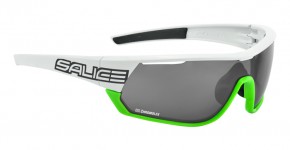
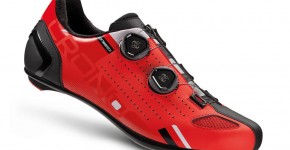
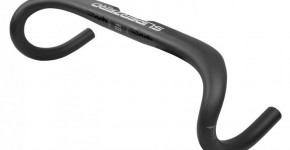
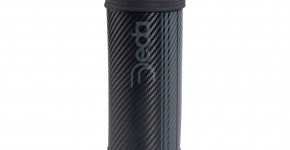
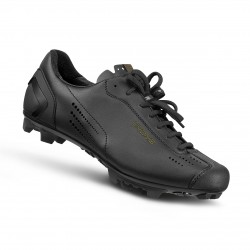
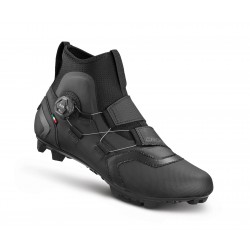
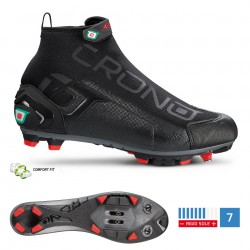
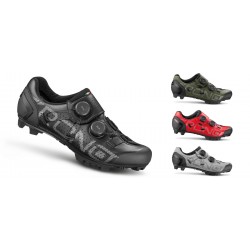
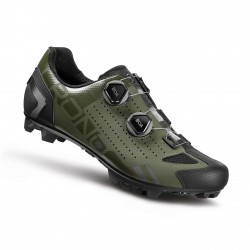
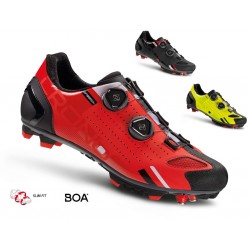
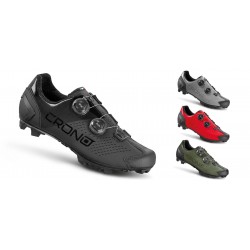
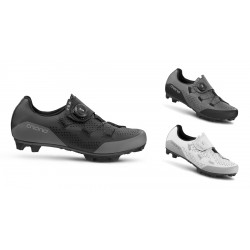
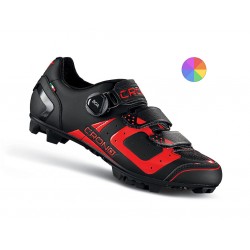
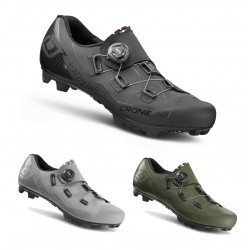
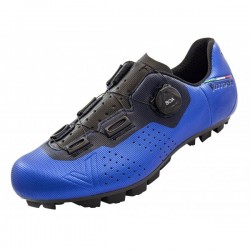
-250x250.jpg)
